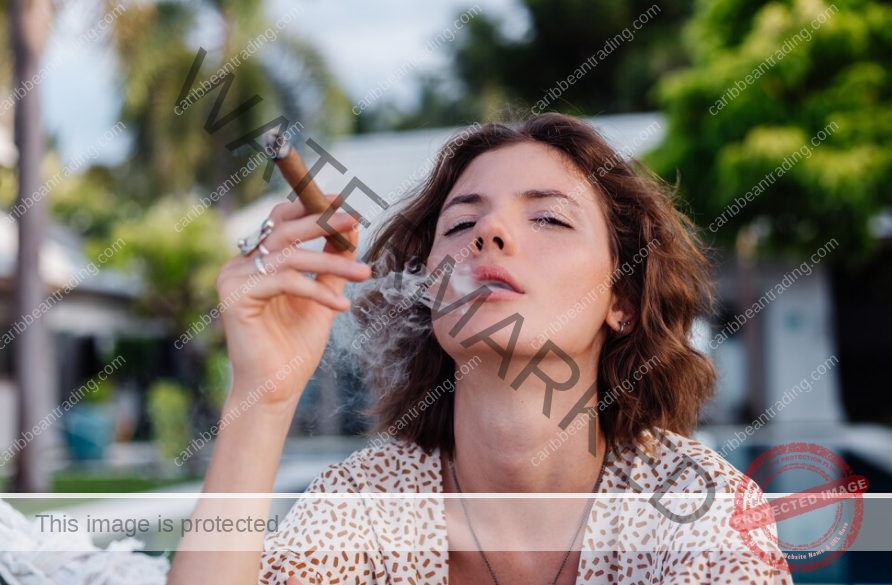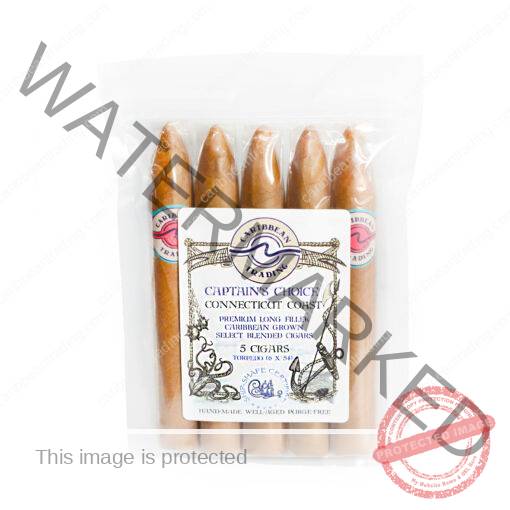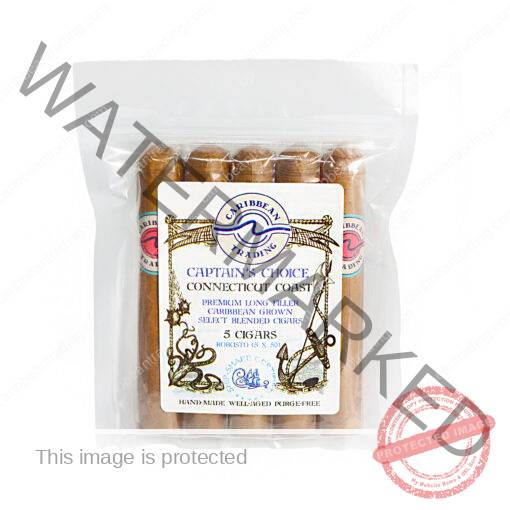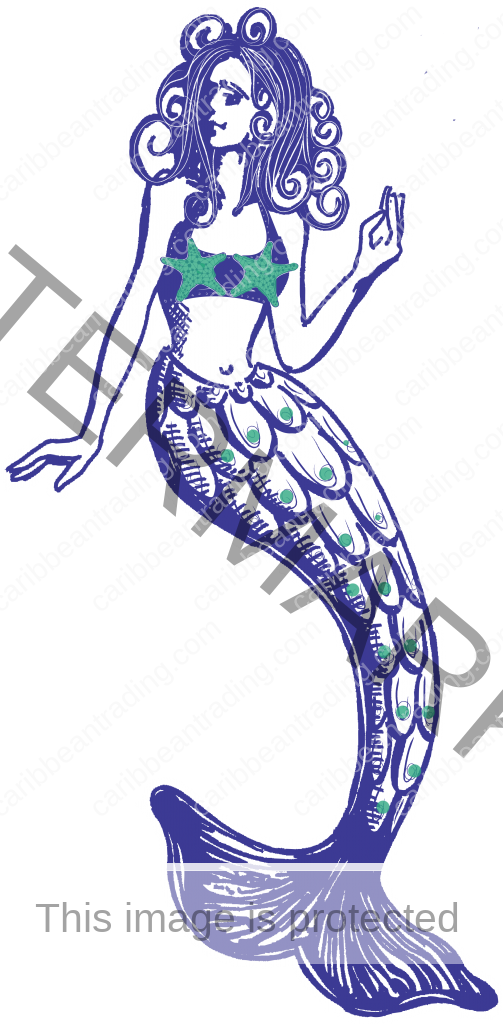Caribbean Trading Company News, Cigars
Caribbean Tobacco History and How it Shaped the Region
When you think of the Caribbean, you probably picture beaches, palm trees, maybe a steel drum in the background — all that postcard stuff. But here’s the thing: long before the resorts and cruise ships, there was tobacco. Yep, that same plant you might not give a second thought to actually helped shape how the Caribbean works today. It influenced farming, jobs, trade, and even the region’s identity. And once you dig into it — from the old days to modern stuff like those Canadian Light cigarettes — it’s a wild story.
Historical Context
So, let’s go way back. Tobacco wasn’t some European import — not at first. The Arawak and Carib peoples were already growing and using it long before Columbus showed up. They smoked it, used it in rituals, sometimes even as part of healing practices. It was just… part of life.
Then came the Spanish in the late 1400s, and honestly, they saw dollar signs (well, gold coins). By the 1600s, tobacco was everywhere — whole fields of it spread across islands like Cuba, Hispaniola, and Puerto Rico. The climate? Perfect. The soil? Even better. But it wasn’t a fairytale. The plantations were built on slavery, like so much of that era’s economy. Still, the trade exploded — tobacco became one of the Caribbean’s biggest exports to Europe and North America, locking the islands into the global economy for good.
Currently, the Caribbean tobacco market is dominated by two major companies: British American Tobacco and Philip Morris International. Still, classic tobacco cultivation, especially for cigars, has been significant in certain areas like the Cibao Valley. Even with this, the modern industry is largely controlled by these large international corporations and local subsidiaries, making it hard for regional producers. In addition, many controls are passed through legislation and public health campaigns, notes the Pan American Health Organization (PAHO) and the Healthy Caribbean Coalition, making it harder.
Economic Impact of Tobacco
Money-wise, tobacco was kind of a big deal. It gave people jobs — a ton of them. Whole families worked the fields, curing sheds, and rolling rooms. Even after slavery ended, the industry didn’t stop; ex-slaves, indentured workers, local farmers — everyone found work somewhere in the process. It wasn’t glamorous, but it kept food on the table.
And the exports? Massive forex earnings. Cuba and the Dominican Republic especially became legends for their tobacco. Cigars, cigarettes, pipe tobacco — all of it shipping out, bringing cash back in. That money funded schools, roads, even hospitals. In a way, tobacco paid for progress. It’s weird to think about, but without it, some islands might’ve developed way slower.
Influence on Trade and Relations
Tobacco didn’t just bring in money — it built bridges. Europe and North America couldn’t get enough of Caribbean tobacco, so trade networks exploded. Ships, merchants, new agreements — it all revolved around that little dried leaf. The Caribbean suddenly had real economic weight in the world, not just as a “sugar zone.”
And the image that came with it? Pure class. Cuban cigars turned into a global symbol of sophistication — think politicians, artists, movie stars, all with cigars in hand. That reputation drew travelers, too. People wanted to see where it all came from — the fields, the factories, the culture behind the smoke. That’s part of why cigar tourism is still a thing today.
The Rise of Canadian Lights Cigarettes in the Caribbean
One of the excellent chapters inside the Caribbean’s tobacco history is the upward push of the popular Canadian light cigarettes. In the late twentieth century, as fitness concerns about smoking grew, the call for lighter and milder cigarettes was elevated. Canadian lighting, acknowledged for their decreased tar and nicotine content material, became a famous preference amongst smokers searching for a perceived healthier choice.
The production and distribution of Canadian lighting fixtures cigarettes created new opportunities for Caribbean tobacco growers and manufacturers. The place’s favorable growing conditions and professional labor force made it an attractive region for generating these cigarettes. Partnerships among Canadian tobacco corporations and Caribbean producers caused the establishment of manufacturing facilities and the cultivation of particular tobacco lines appropriate for lighting cigarettes.
The success of light cigarettes inside the international market had a ripple impact on the Caribbean financial system. It now not only boosted export sales but additionally spurred technological improvements in tobacco cultivation and processing. The demand for extremely good, milder tobacco lines led to analysis and development tasks aimed at improving crop yields and product quality. This innovation greater the competitiveness of Caribbean tobacco in the worldwide market, making sure its continued relevance and profitability.
Socio-Cultural Impact
Here’s the part people don’t talk about enough — the cultural side. Tobacco isn’t just a product here; it’s tradition. Whole families have been in it for generations. The way they grow it, dry it, roll it — it’s art. Watch someone hand-roll a cigar, and you’ll get it. There’s this quiet pride, this rhythm that feels ancient.
And beyond the craft, tobacco has always been woven into community life. In some places, it was used in ceremonies, or even as a form of exchange way back when. It’s got layers — economic, spiritual, social. So even with all the changes, the respect for the craft never really faded. It’s part of what makes the Caribbean, well, the Caribbean: an amazing experience.
Challenges and Future Prospects
Of course, it’s not all sunny skies. These days, the tobacco industry is up against, well, a lot. Anti-smoking campaigns are everywhere, people are switching to vapes or quitting altogether, and governments keep tightening regulations. Plus, big international companies dominate the market, which makes it tough for smaller Caribbean producers to compete.
Then there’s the whole sustainability thing — people want to know where their products come from, how they’re made, whether the workers are treated fairly. That’s forcing Caribbean producers to rethink everything from farming methods to marketing. The good news? Many are already adapting — going organic, focusing on eco-friendly production, even experimenting with new products like herbal blends or natural tobacco remedies.
And honestly, that’s probably the way forward. Lean into the unique story, the heritage, the craftsmanship. The Caribbean has something that big corporations can’t fake — authenticity. That could be its biggest strength in the years ahead.
Conclusion
At the end of the day, tobacco shaped the Caribbean in ways most people never realize. It built economies, connected islands to the wider world, and left behind traditions still alive in every hand-rolled cigar. From colonial fields to modern Canadian Lights, the industry has evolved, stumbled, and somehow kept going.
Now, as the world keeps changing, maybe the real lesson is adaptability. The Caribbean’s always had that — this knack for mixing old and new, history and innovation. Tobacco’s story here isn’t just about smoke and profit; it’s about survival and identity. And in a place where the sunsets linger and the air smells a little sweet, that story still isn’t over.







